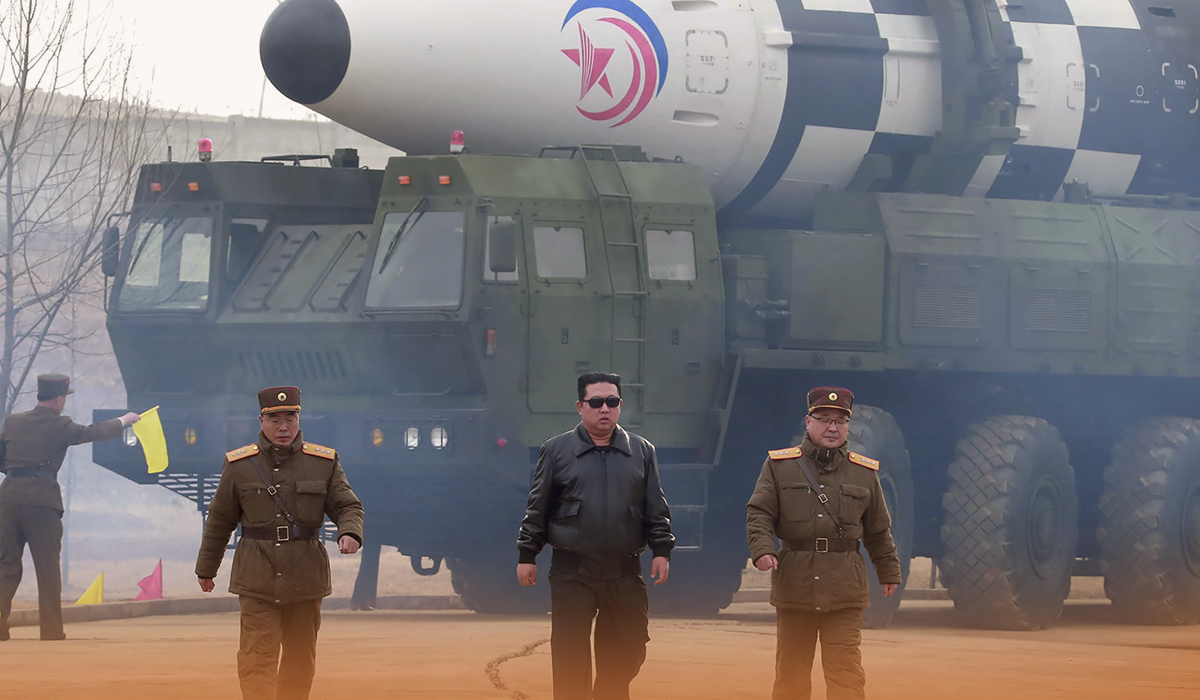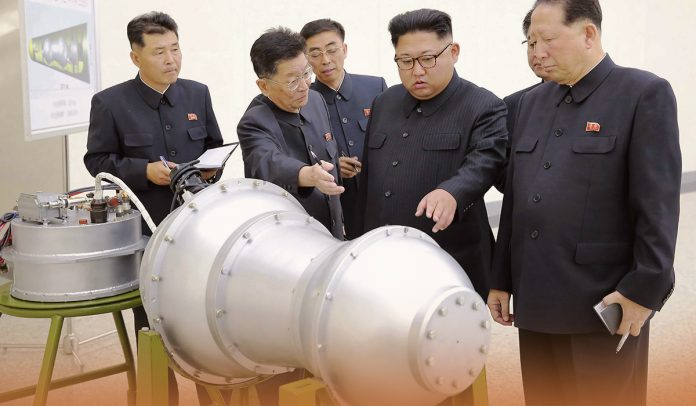On Tuesday, America said it would urge for further sanctions on Pyongyang if it holds a new atomic weapon test. The Japanese, the Republic of Korea, and American officials have asserted that Pyongyang could soon conduct its leading nuclear test explosion in several years.
Previously on May 26, Beijing and Moscow vetoed a US-sponsored resolution in the U.N. Security Council (UNSC) that would have levied tough costs on the Democratic People’s Republic of Korea over a series of ICBM launches that could be used for nuclear weapons delivery (delivering one or more thermonuclear warheads).
China and Russia veto UN sanctions on North Korea #PulseWatchItNews #PulseNewsVid pic.twitter.com/a0DBlBkNmv
— Pulse Ghana (@PulseGhana) May 31, 2022
The action comes after a spate of N. Korea’s test-firing of ballistic missiles in 2022, as all of the launches violated former United Nations resolutions. As a consequence, the American officials contended made further international response necessary.
‘we absolutely will’
A U.N. resolution needs 9 ‘OK’ votes and no rejections by the UNSC’s permanent members – Britain, China, France, Russia, and the U.S. – to be adopted by the Council. The thirteen remaining UNSC members supported the U.N. resolution that suggested to prohibit oil exports and tobacco to DPRK. In addition, the resolution would’ve barred Lazarus cybercrime group, which America says is linked to N. Korea.
When Linda Thomas-Greenfield, the U.S. Ambassador to the U.N., was questioned whether America would look for more sanctions if Pyongyang held a nuke test, she responded: We absolutely will seek.
Furthermore, a united UNSC levied consequences after North’s first nuke test in 2006 and strengthened them over the years in ten U.N. resolutions, till now abortive, in the hunt to rein in its ballistic and atomic missile ambitions by cutting off its revenue origins.

Source: Web
On May 25 morning, the DPRK launched three ballistic missiles, according to the ROK Armed Forces. Seoul said that the latest ballistic missiles were launched in the space of less than an hour from the Sunan area in the North Korean capital Pyongyang. According to Nobuo Kishi, Japan’s Defense Minister, one of the missiles flew nearly 186 miles with an apogee of 342 miles. Kishi added the 2nd launch reached the highest altitude of 31 miles and traveled nearly 466 miles.





